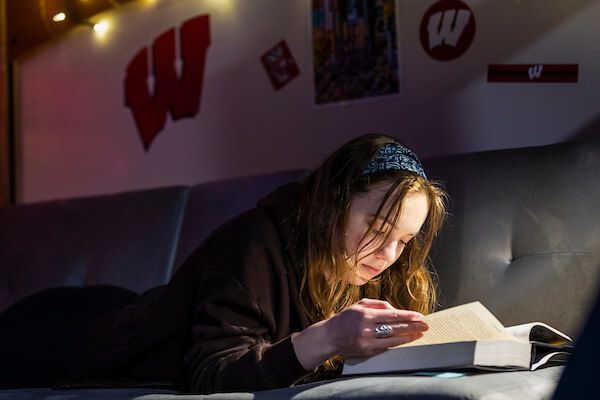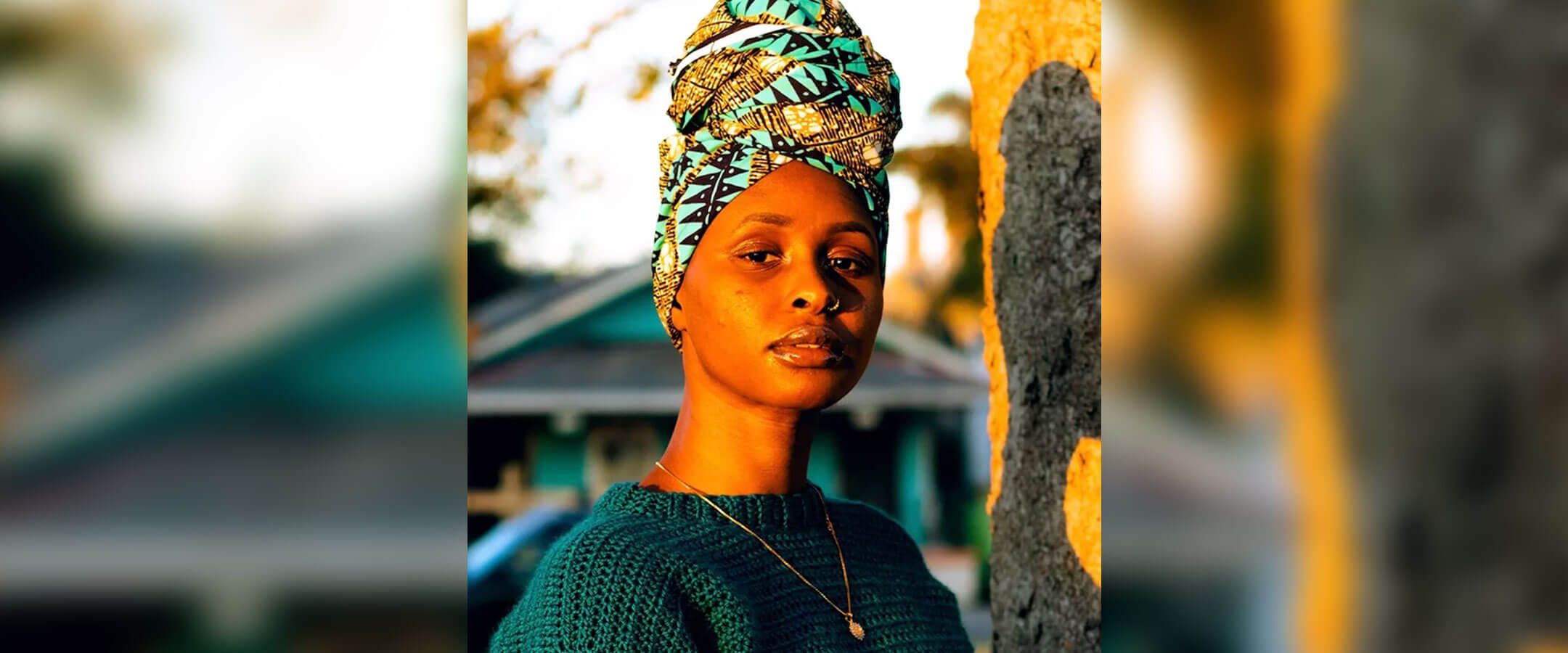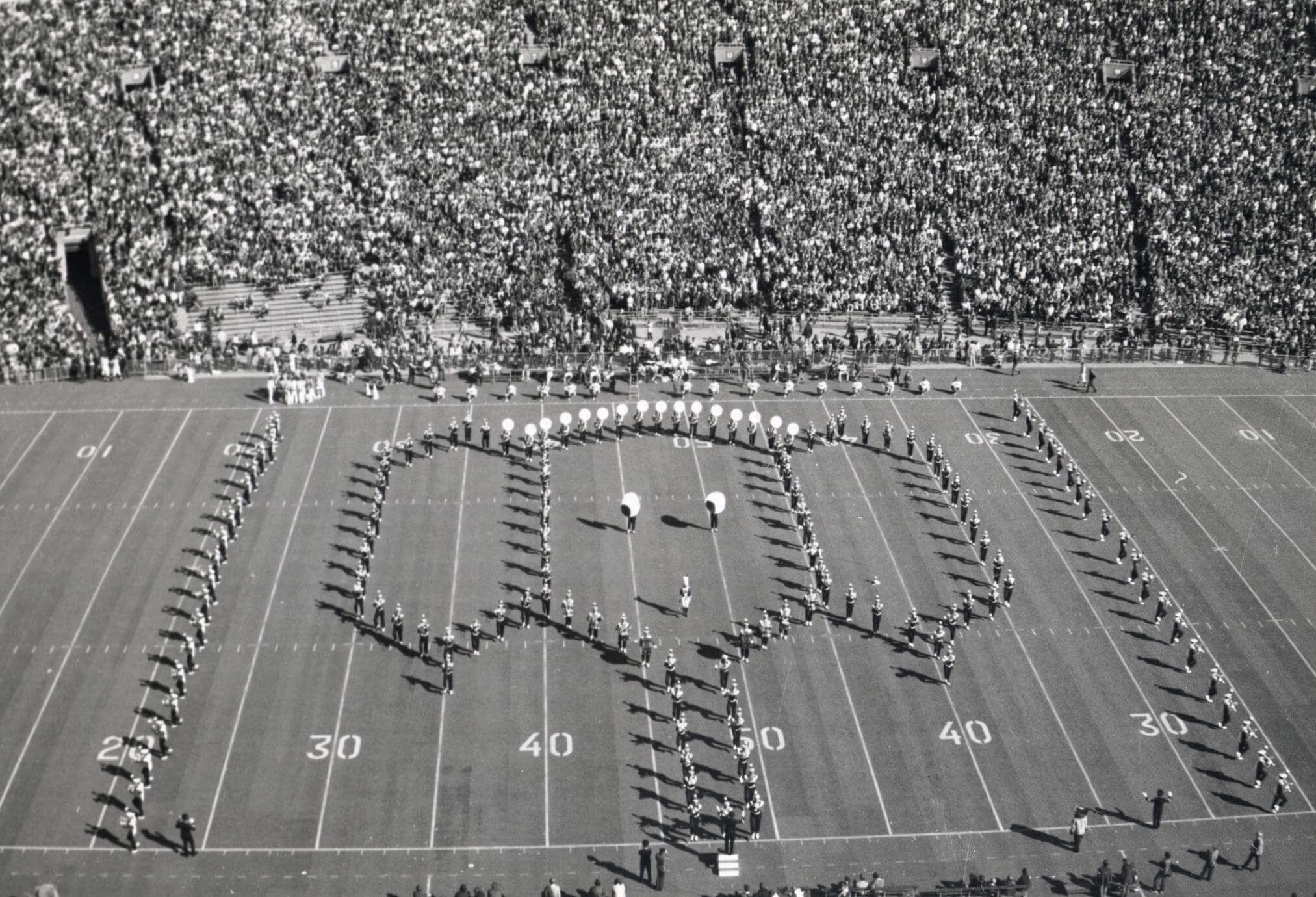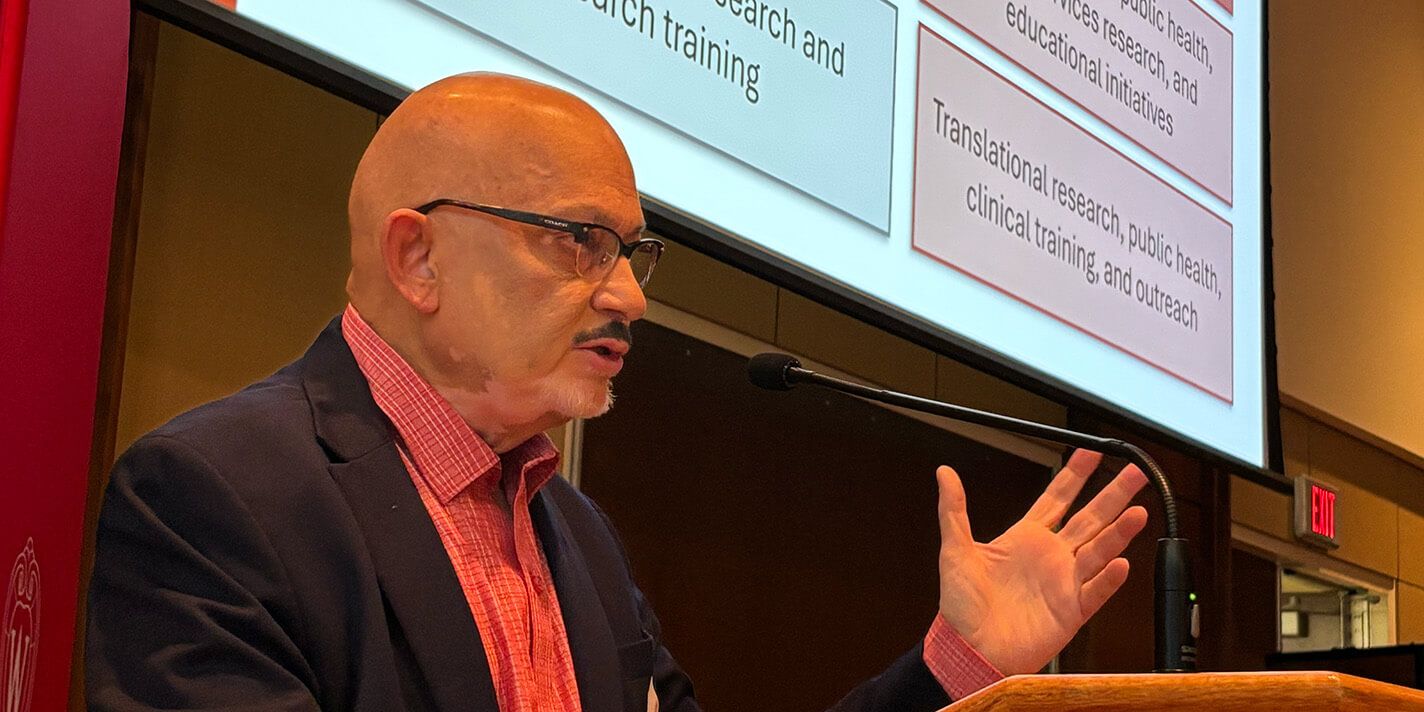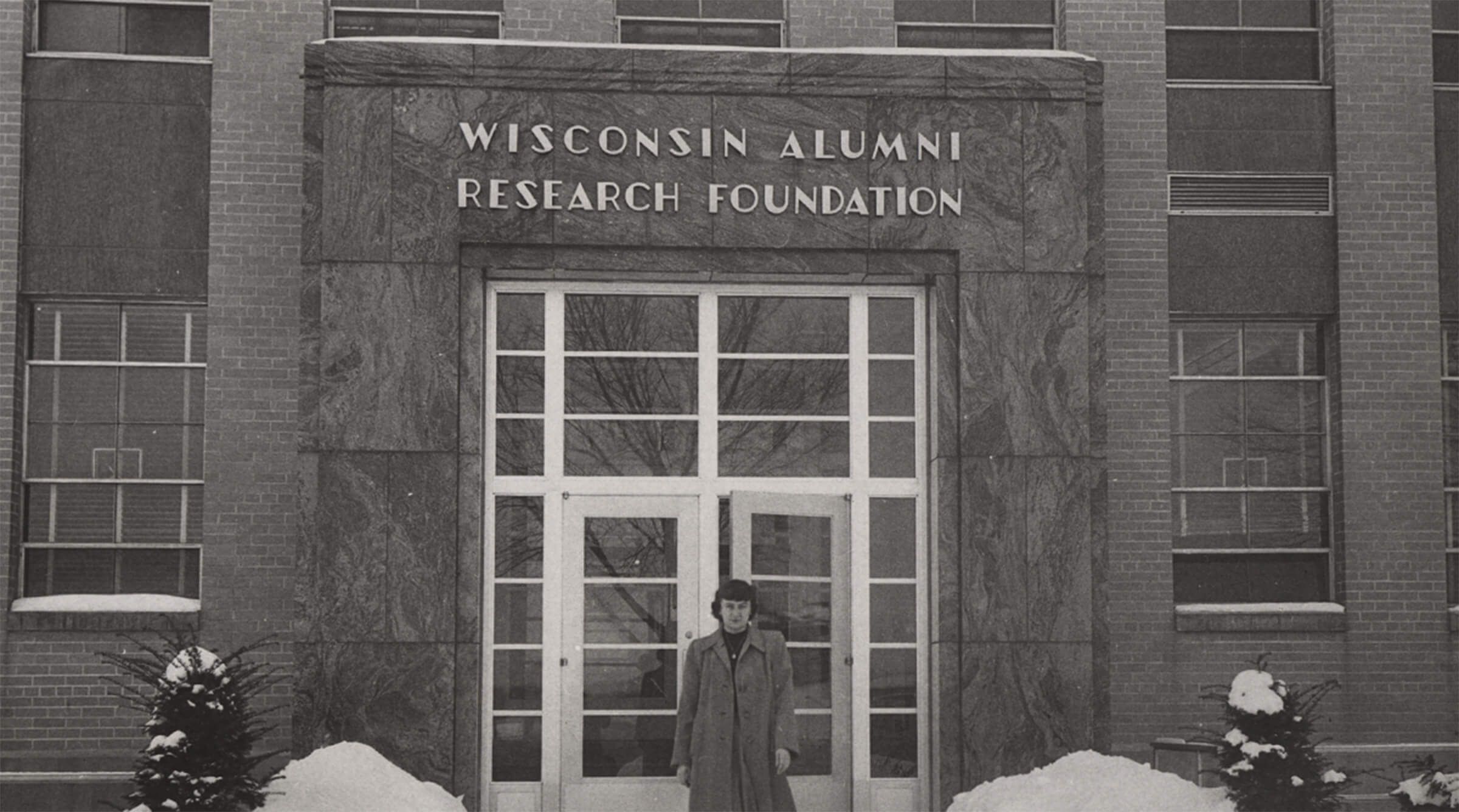The best urban legends lie at the intersection of fact and imagination. In advance of Halloween, we’ve collected some of the UW’s most enduring — and creepiest — urban legends. They may be spurious, and they’re definitely macabre, but they’ve sparked generations of ghost stories and late-night frights.
This list is hardly authoritative. The very nature of urban legends defies that term. They exist on the margins of campus culture, passed along by word-of-mouth. These are merely the legends that wind their tendrils around university history. For firsthand stories of encounters with the unexplained — and a few notes from those who think that all such tales are hokum — visit uwalumni.com/onwisconsin.
Hallowed Ground
Many a storyteller explains that a building is haunted because it was constructed on the site of an ancient burial ground. In the UW’s case, these legends are grounded in fact. There are some thirty-nine extant Native American burial mounds on campus — according to Daniel Einstein of Campus Natural Areas, that’s more than can be found at any other university. The mounds are about a thousand years old, and although most of them are in the Arboretum or at Picnic Point, some are located in busier areas. Both Bascom and Kronshage were built over burial mounds. Others can still be seen north of Agricultural Hall.
Haunted Humanities
Hulking, ugly, and dysfunctional, the Humanities Building has been unpopular since its construction in the late 1960s, giving rise to a persistent ghost story. Due to a simple error (in some versions of the legend cited as upside-down blueprints), Humanities was built facing the wrong direction. The architect didn’t realize until construction was complete, and so, distraught and humiliated, he threw himself off its roof and died in its courtyard. His ghost haunts its halls to this day. But though the story is good, the legend is off. The architect, Harry Weese, did not commit suicide at Humanities’ opening — he lived more or less happily for another three decades, growing increasingly wealthy and famous. He died in Chicago in 1998.
Olin’s Ashes
Many fraternities and sororities claim to have a resident ghost, but perhaps the most detailed Greek legend belongs to Kappa Kappa Gamma. Its house has a fireplace inscribed with the name Helen Remington Olin, and rumor has it her ashes were spread there when she died, leaving her spirit to haunt the building. Olin was indeed a happy Kappa — in 1875, she helped found the organization’s UW branch, making it the first sorority on campus. But her ashes, alas, do not lie there. She was buried in Madison’s Forest Hill cemetery, alongside her husband, John Olin. When she died, she donated her home to the UW — it became Olin House, official residence of the chancellor.
Science Hall Spooks
Home of the anatomy department from the Medical School’s founding until 1956, Science Hall housed a variety of cadavers and skeletons, which were kept in the building’s top floor. When the department moved to new quarters on Charter Street, it left a bit of its inventory behind — as late as 1974, body parts were still turning up in Science Hall, leading to rumors that it was haunted.
Tunnel Bob
For decades, students have repeated the story of Tunnel Bob, who ekes out a subterranean existence in the UW’s steam tunnels. By turns considered a ghost or a legend, he’s entered into the campus consciousness, and a fictionalized version of him appeared as the Phantom of Bascom Hill in a comic book series of the same name. But Tunnel Bob is a real person, Bob Gruenwald, a transient who makes regular stays in the tunnels. According to craftsworker supervisor Stephen Gullick, the university even employed him for a while — since it couldn’t keep him out of the tunnels, it paid him to work in them, changing light bulbs.
Bascom’s Bodies
Bascom Hall doesn’t have skeletons in the closet — they’re located under the front steps. Two early Madisonians — William Nelson, who died in 1836 and Samuel Warren, who died in 1837 — are interred just to the southwest of the Lincoln statue. Buried there when campus was still undeveloped land, their bodies were rediscovered when the statue was installed in 1909. Their graves are marked by two small brass plaques set in the pavement behind Abe.
Stage Fright
Various ghost stories surround Memorial Union and, in particular, its theater. One common variant has the stage haunted by the spirit of a performer who made his final curtain in the middle of his act. In March 1950, the Minneapolis Symphony was playing the Union when its timpanist, Samuel Segal, fell over and died in the middle of Béla Bartók’s “Concerto for Orchestra.” His body was carried offstage while the rest of the symphony finished the number. Theater staff keep a light burning on stage to make his ghost feel welcome.
Camp Randall
Well known as a Civil War training facility, the site of the stadium was also a POW camp for Confederate prisoners, some of whom died in captivity. This has led to a legend that the Field House is haunted by those who died, either in the prison or the post hospital, which are claimed to have been on that site. However, neither is quite accurate. The prison was farther east on Monroe Avenue, where the Sports Center now stands; the hospital buildings were closer to University Avenue and Breese Terrace, in what’s now mostly parking.


